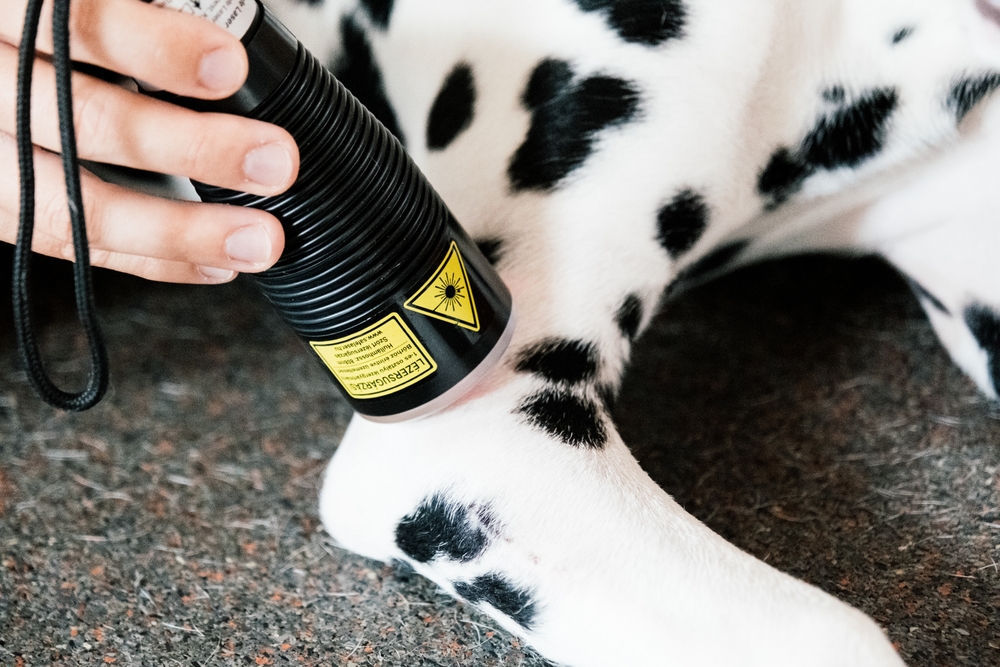
When your dog suffers an injury or undergoes surgery, the road to recovery can feel long and challenging. Fortunately, modern veterinary medicine offers innovative solutions to make that process smoother and faster - one of which is laser therapy. This non-invasive, drug-free treatment is becoming a go-to option for many pet owners who want to ease their dog’s pain and promote healing.
What Is Laser Therapy for Dogs?
Laser therapy, also known as cold laser therapy or low-level laser therapy (LLLT), uses specific wavelengths of light to penetrate the skin and stimulate cells deep within the tissue. Unlike surgical lasers, which cut tissue, therapeutic lasers deliver gentle light energy that encourages cell regeneration and increased circulation.
How It Helps After Injury or Surgery
Reduces Pain and Inflammation: Laser treatments trigger the release of endorphins, the body’s natural pain relievers, and decrease inflammation in the targeted area. This means less discomfort for your dog and a reduced need for pain medications.
Speeds Up Tissue Repair and Cell Growth: Light energy from the laser stimulates cell activity, which helps damaged tissues heal faster. This can be especially beneficial after surgical incisions or muscle injuries.
Improves Circulation: Better blood flow delivers more oxygen and nutrients to the injured area, helping wounds close faster and reducing swelling.
Minimizes Scar Tissue Formation: Laser therapy encourages proper tissue repair, which can reduce the development of thick scar tissue that might otherwise limit your dog’s mobility.
Restores Mobility and Function: By reducing inflammation and promoting healing, laser therapy can help your dog regain strength, flexibility, and comfort during recovery.
What to Expect During a Session
Laser therapy sessions are quick and completely painless. Your dog will simply relax while the veterinarian moves the laser device over the treatment area. Many pets even enjoy the soothing warmth. The number of sessions needed will depend on your dog’s condition, but improvements are often noticeable within the first few treatments.
Is Laser Therapy Right for Your Dog?
Laser therapy can be beneficial for a wide range of recovery needs, including:
Post-surgical healing
Soft tissue injuries
Joint injuries or arthritis flare-ups
Ligament strains and sprains
Because it’s safe and non-invasive, laser therapy can be used alongside other treatments, such as medication, physical therapy, or acupuncture.
Help Your Dog Heal Faster with Laser Therapy
When it comes to helping your dog recover from injury or surgery, comfort, speed, and safety matter most. Laser therapy offers all three - helping your pet heal faster, move easier, and feel better without added stress.
If your dog is recovering from an injury or surgery, schedule a laser therapy consultation with Arrow Veterinary Clinic to learn more. Visit our office in Lowell, Michigan, call (616) 737-0100, or text (844) 384-5470 to book an appointment today.






